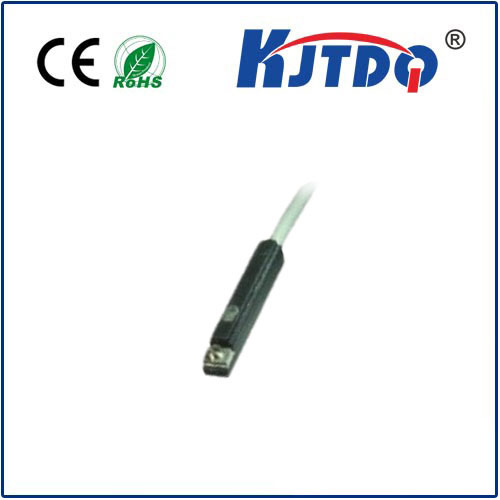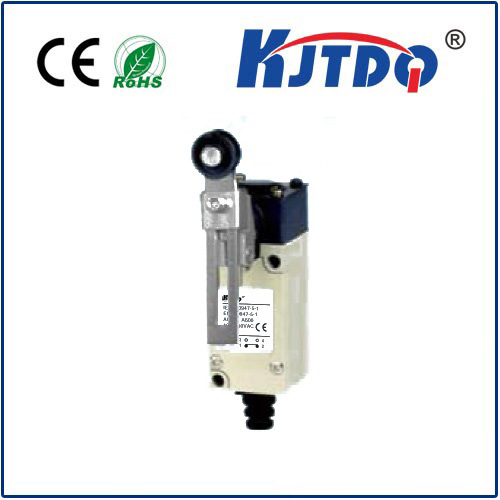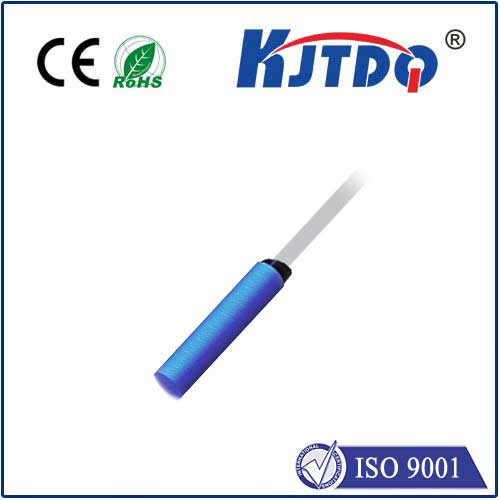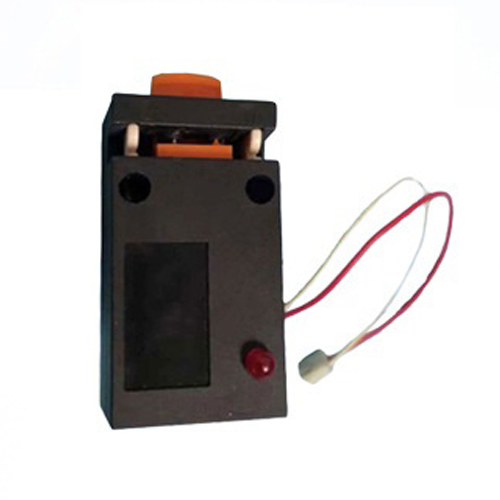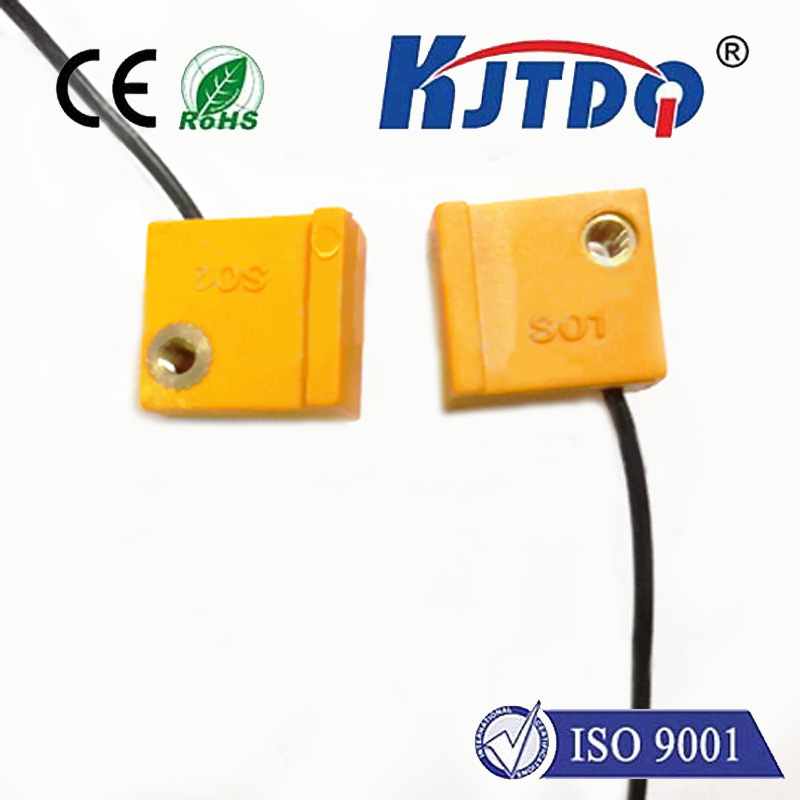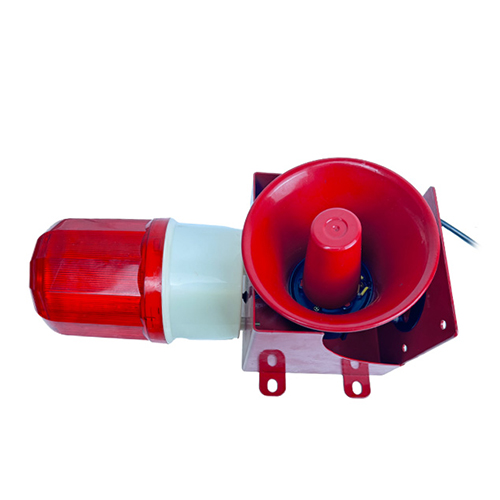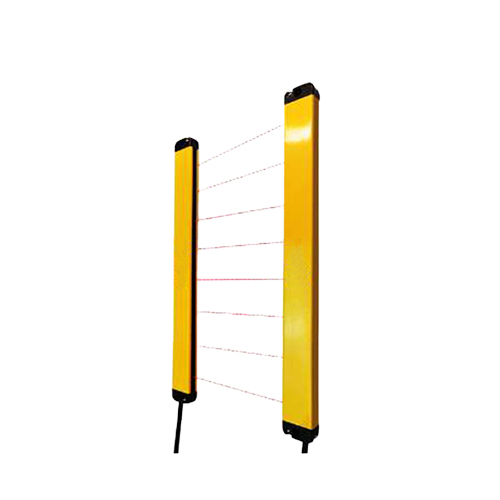proximity ir sensor
- time:2025-09-09 02:03:21
- Click:0
Proximity IR Sensors: Your Device’s Silent Sense of Presence
Ever noticed how your phone screen magically turns off when you hold it to your ear during a call? Or how an automatic faucet starts flowing as soon as your hands come near? This uncanny responsiveness isn’t magic; it’s often the work of a small, unassuming yet incredibly powerful component: the Proximity IR Sensor. These ingenious little devices act as an invisible sixth sense for countless gadgets and systems, detecting the presence or absence of nearby objects without physical contact. Understanding how they work and where they’re used reveals a fascinating layer of modern technology seamlessly integrated into our daily lives.
The Fundamentals: Seeing Without Light
At its core, a proximity IR sensor operates on a simple principle: it detects objects by emitting and receiving infrared light, which is invisible to the human eye. The key components are:
- IR Emitter (LED): This component sends out a beam of infrared light.
- IR Receiver (Photodiode or Phototransistor): This component detects infrared light reflected back from an object within its field of view.
- Signal Processing Circuitry: This interprets the signal received by the detector to determine the presence, and often the approximate distance, of an object.
The fundamental concept is reflection. When an object comes within range of the sensor, the infrared light emitted by the LED bounces off the object and returns to the receiver. The sensor’s electronics analyze this reflected signal. Typically:

- Presence Detection: A significant increase in the received IR signal indicates an object is nearby.
- Distance Estimation (Proximity): Some advanced sensors can estimate distance based on the intensity of the reflected light (stronger reflection usually means closer object) or, more accurately, using techniques like time-of-flight (ToF) or triangulation.
Beyond Phones: The Ubiquity of Proximity Sensing
While smartphone screen blanking is a common example, the applications of proximity IR sensors stretch far wider:
- Consumer Electronics:
- Touchless Controls: Automatic soap dispensers, paper towel dispensers, faucets, hand dryers. Enhances hygiene by eliminating touchpoints.
- Screen Management: Not just phones, but also laptops and tablets can use proximity sensors to turn displays on/off when a user approaches or leaves.
- Gesture Recognition: Simple gestures (like waving a hand) can be detected to control devices (e.g., some smart speakers, displays).
- Object Detection in Printers/Copiers: Sensing paper jams or low tray levels.
- Industrial Automation & Robotics:
- Obstacle Avoidance: Crucial for AGVs (Automated Guided Vehicles), robotic arms, and autonomous mobile robots to navigate safely. Prevents collisions with people, equipment, and structures.
- Object Counting/Presence Verification: On conveyor belts or assembly lines to confirm components are present before the next process step.
- Position Sensing: Detecting the end position of moving parts (e.g., gates, slides).
- Liquid Level Detection: In tanks where contact sensors aren’t suitable.
- Automotive:
- Parking Assistance: Detecting obstacles during low-speed maneuvering. Often part of larger parking sensor systems.
- Blind Spot Monitoring: Alerting drivers to vehicles in adjacent lanes (though often using radar also).
- Gesture Control: Inside the cabin for controlling infotainment systems without touching screens.
- Automatic Trunk Opening: Detecting a foot kick gesture under the rear bumper.
- Security Systems:
- Occupancy Sensing: Triggering alarms if movement is detected in a protected zone.
- Automatic Door Activation: Opening doors as someone approaches.
Key Technical Considerations & Advantages
Proximity IR sensors offer distinct advantages:
- Contactless Operation: Essential for applications requiring hygiene or preventing wear and tear.
- Compact Size: Easily integrated into even small devices like smartphones.
- Relatively Low Cost: Mass production makes them very economical.
- Simple Interface: Typically provide a simple digital output (object present/absent) or an analog output indicating distance.
- Low Power Consumption: Especially important for battery-operated devices. Many sensors feature power-saving modes.
However, designing and implementing them effectively requires understanding their limitations:
- Material Dependence: The reflectivity of different materials (shiny white vs. matte black) significantly impacts detection range and reliability.
- Ambient Light Interference: Sunlight or strong artificial light contains IR components and can swamp the sensor’s receiver. Sophisticated sensors use modulation techniques (emitting a pulsed signal and looking for the same pulse in the reflection) to achieve excellent ambient light immunity.
- Limited Range: Typically effective from a few centimeters up to a few meters, depending on the specific sensor’s design and power. They excel at close-range detection.
- Environmental Factors: Dust, fog, or condensation on the lens can attenuate the IR beam and reduce performance.
Designing with Proximity IR Sensors: What Matters
When selecting or integrating a proximity IR sensor, critical factors include:
- Required Detection Range: Choose a sensor rated for the maximum distance needed.
- Target Object Properties: Consider reflectivity and color. Dark, non-reflective objects are more challenging.
- Operating Environment: Assess ambient light levels, temperature, and potential contaminants.
- Power Budget: Balance performance needs with available power, especially in portable devices. Low-power modes are crucial here.
- Output Type Needed: Digital (on/off) or Analog (distance proportional)? Many modern sensors offer configurable outputs.
The Invisible Enabler
From the smartphone that saves battery by turning off its screen during a call, to the robot safely navigating a factory floor, to the hands-free faucet in a public restroom, proximity IR sensors are a cornerstone technology enabling intuitive, efficient, and hygienic interactions. Their ability to provide reliable proximity detection in a compact, cost-effective package makes them indispensable in a vast array of modern devices and systems. They work silently in the background, extending the senses of machines, making our technology more responsive and our interactions with it more seamless.






